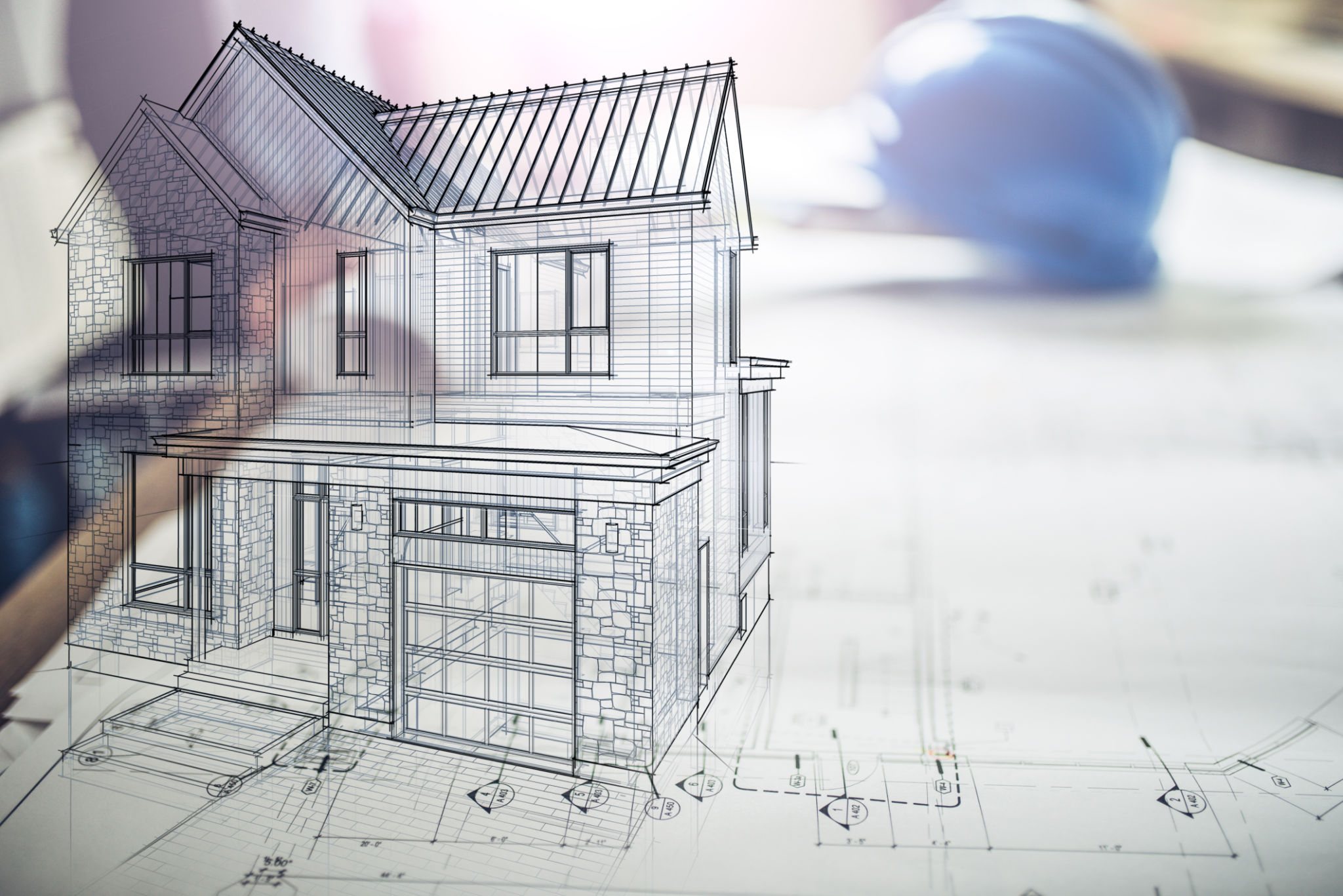Navigating Local Regulations: A Guide for Custom Home Builders in Texas
Understanding the Basics of Texas Building Regulations
Building a custom home in Texas requires more than just a vision and a blueprint. Navigating the local regulations is a crucial step in ensuring a smooth construction process. Each city or county in Texas may have its own set of building codes and zoning laws, which can affect everything from the design to the materials you use. It's important to familiarize yourself with these regulations to avoid unnecessary delays and fines.

Before beginning any construction, it's essential to obtain the appropriate permits. These permits ensure that your building project meets local safety standards and complies with zoning laws. The type and number of permits required can vary based on your location and the specifics of your project. Consulting with a local expert or legal advisor can provide valuable guidance in this area.
Key Zoning Considerations
Zoning laws are another critical aspect of building a custom home in Texas. These laws dictate how a piece of land can be used and what types of structures can be built on it. For instance, certain areas may be designated for residential use only, while others may allow for mixed-use developments. Understanding these zoning restrictions can help you choose the right plot of land for your dream home.
Additionally, zoning laws often include requirements for setback distances, building heights, and lot coverage. These factors can significantly influence your home's design and size. Working with an architect or planner who is familiar with local zoning regulations can be beneficial in ensuring that your project complies with all necessary guidelines.

Environmental Regulations and Considerations
Environmental considerations are becoming increasingly important in the construction industry. In Texas, builders must adhere to various environmental regulations aimed at protecting natural resources. This includes managing stormwater runoff, preserving local wildlife habitats, and minimizing environmental impact during construction.
For example, if your property is near a protected area or contains endangered species, you may need to conduct an environmental impact assessment. These assessments help identify potential environmental risks and outline measures to mitigate them. Incorporating sustainable practices into your building plan can also enhance compliance with these regulations.
Working with Local Authorities
Establishing good communication with local authorities is crucial for navigating Texas's building regulations successfully. Local building departments can provide valuable insights into specific requirements for your area. They can also assist with the permit application process and offer guidance on adhering to local codes.

It's also beneficial to involve local authorities early in the planning process. Early collaboration can help identify potential issues before they arise, saving time and resources in the long run. Regularly updating them on your project's progress ensures transparency and fosters a cooperative relationship.
Final Thoughts on Compliance
While navigating local regulations may seem daunting, it is a vital aspect of building a custom home in Texas. Thorough research and preparation can make this process smoother and help avoid potential setbacks. Remember that each region may have unique requirements, so taking the time to understand these specifics is vital.
Engaging with professionals who have experience in the Texas construction industry can provide invaluable support. From architects and planners to legal advisors, having a knowledgeable team by your side can help ensure compliance with all regulations, allowing you to focus on creating the home of your dreams.
